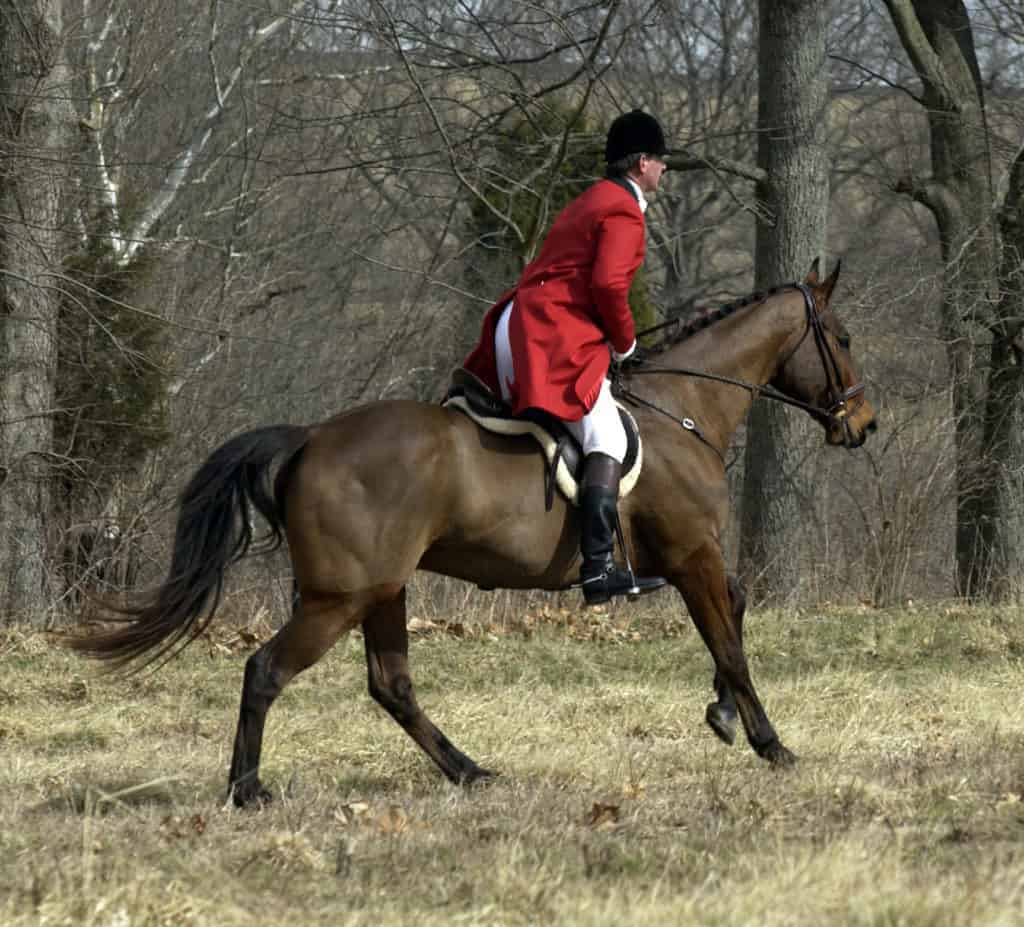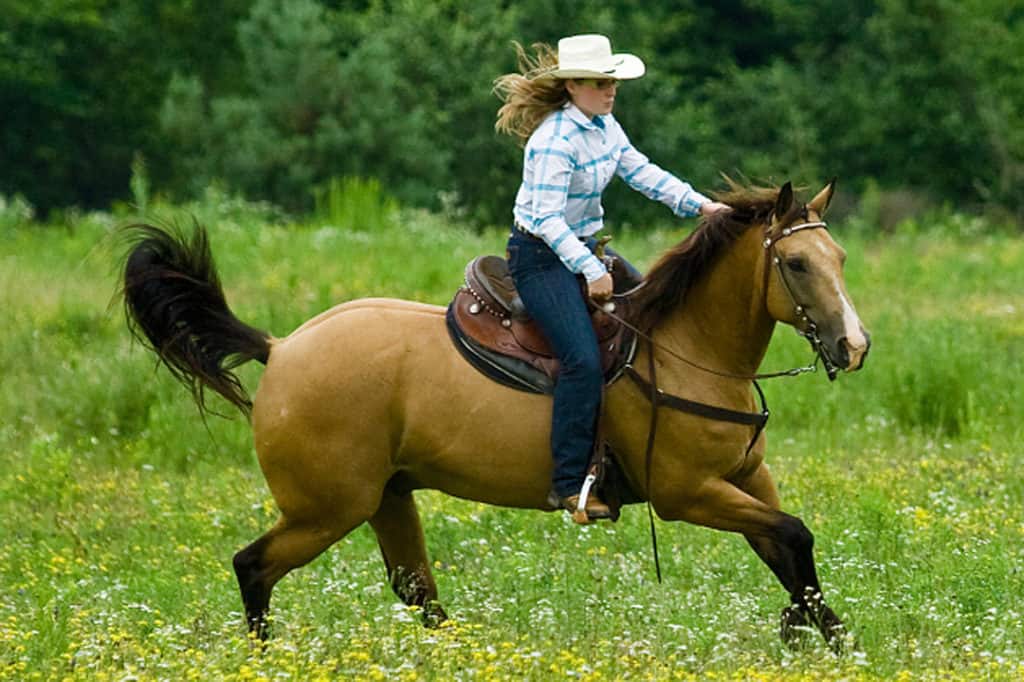
Winter Horseback Riding Tips
With a little bit more consideration for both horse and rider winter riding can be an enjoyable experience.

With a little bit more consideration for both horse and rider winter riding can be an enjoyable experience.

Researchers say endophyte-infected tall fescue seed consumption could negatively affect exercise recovery.

With proper management, most horses recover well from dehydration and exhaustion.

Equine nutrition, hydration, exercise, blanketing, and respiratory health can be concerns as temperatures dip.

Clipped horses achieved faster post-exercise recovery than unclipped horses when working in cold temperatures.
Attendees discussed the horse’s overall work program, assessment, conditioning strategies, and more.

One common training method might not be as effective at conditioning racehorses as once thought.

Researchers determined that few injuries occur to horses during treadmill exercise.

Learn about how your horse’s body adapts to exercise and how to optimize his fitness.
Horses are athletes, too, and according to research, they need that stretching as much as humans do.
The time to pull out the thermometer and stethoscope to check your horse’s temperature, pulse (heart rate), and respiration (TPR) for the first time is not when he’s looking a little puny and you and the veterinarian are on the phone trying to decide whether it’s an emergency. Instead, these baseline measurements should be part of a horse’s routine care.
Austrian researchers have reported that the stability of a rider?s seat affects the forces acting on a horse?s back. Using an electronic pressure mat placed under a dressage saddle, scientists with the University of Veterinary Medicine Vienna?s
With the exception of the 2000 Olympics in Sydney, which began in September to allow for the southern hemisphere’s “reversed” order of seasons–winter in Australia is summer in North America–the summer Olympic Games generally are held in just that: the good old summertime.
Giving your horse a break from training can result in a healthier, happier horse–if you do it correctly.
During hot weather, heat dissipation is primarily dependent on evaporation of sweat on the skin surface. Horses are capable of producing large quantities of sweat–sweating rates of 10-15 liters/hour have been reported during exercise in hot conditions.
Riders understand the importance of warming up as a way to ready the horse’s mind and body for the challenges ahead, but there is more to a warm-up than simple preparation. Correctly done, prior exercise substantially benefits physical performance
Stay on top of the most recent Horse Health news with
"*" indicates required fields